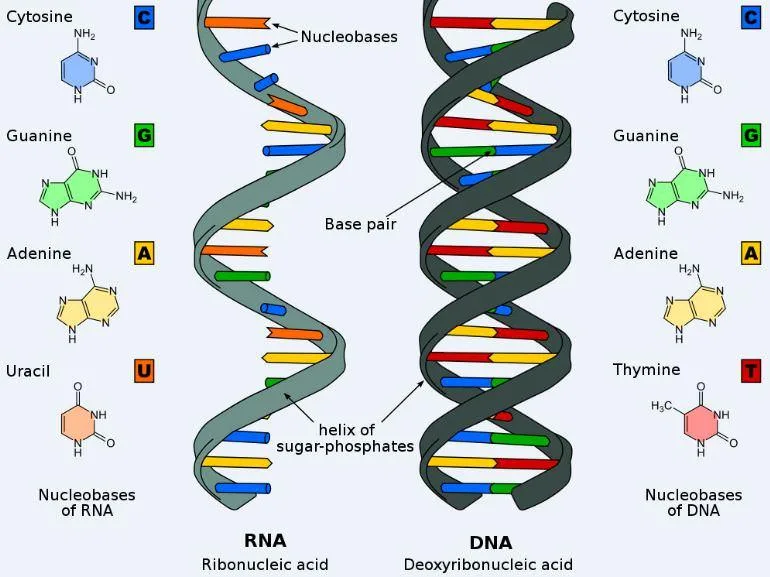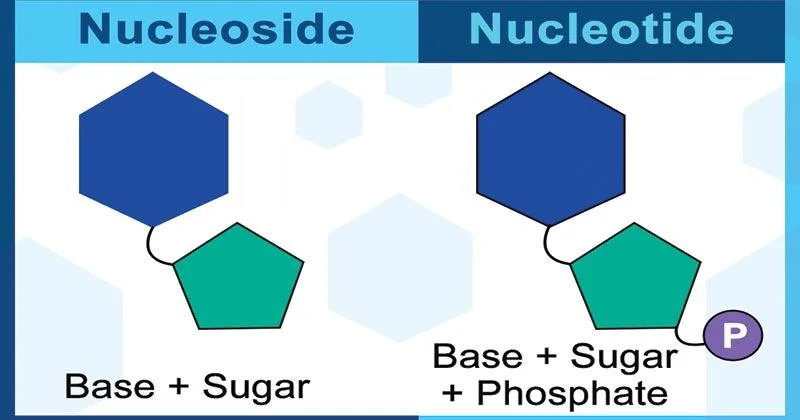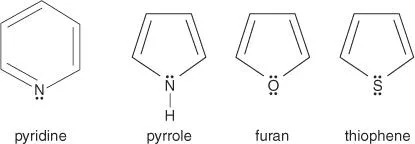We are Launching Live Zoom Classes for 9th and 10th-grade Students. The first batch is from 7th April 2025. Register for a Free demo class.

Nucleus
- The nucleus contains thread-like structures called chromosomes (long continuous molecules of DNA).
- These carry genes & help in the inheritance or transfer of characters from the parents to the offspring.
- The chromosomes can be seen only when the cell divides.
- Gene is a unit of inheritance in living organisms.
- It controls the transfer of a hereditary characteristic from parents to offspring.
Chromosomes
- In a cell which is not dividing, DNA is present as part of chromatin material.
- Chromatin material is visible as an entangled mass of thread-like structures.
- The nucleosome is the fundamental subunit of chromatin.
- Each nucleosome is composed of a little less than two turns of DNA wrapped around a set of eight proteins called histones.


- Whenever the cell is about to divide, the chromatin material gets organized into chromosomes.
- Chromosomes are visible as rod-shaped structures only when the cell is about to divide.
- Chromosomes are composed of DNA & Protein.
- Chromosomes contain information for the inheritance of features from parents to the next generation in the form of DNA (deoxyribonucleic acid) molecules.
- DNA molecules contain the information necessary for constructing & organizing cells.
- Functional segments of DNA are called genes.
Nucleotide & Nucleoside
- Living organisms have several carbon compounds in which heterocyclic rings can be found.
- When heterocyclic rings are attached to a sugar, they are called nucleosides.
- If a phosphate group is also found esterified to the sugar, they are called nucleotides.
- Nucleic acids like DNA & RNA consist of nucleotides.

Heterocyclic Rings:A heterocyclic compound or ring structure is a cyclic compound that has atoms of at least two different elements as members of its ring(s).

Ester:An organic compound made by replacing the hydrogen of an acid by an alkyl or other organic group.
Nucleic Acids
- Nucleic acid is a macromolecule that is found in the acid-insoluble fraction of any living tissue.
- Together with polysaccharides & polypeptides, these comprise the true macromolecular fraction of any living tissue or cell.
- For nucleic acids, the building block is a nucleotide,e. nucleic acids are polymers of nucleotides.
- Since nucleic acids are long-chain polymers of nucleotides, they are also called polynucleotides.
- The nucleotides are joined to one another in a chain by covalent bonds between the sugar of one nucleotide & the phosphate of the next, resulting in an alternating sugar-phosphate backbone.
- A nucleotide has three chemically distinct components.
- One is a heterocyclic compound, the second is a monosaccharide & the third a phosphoric acid or phosphate.
- The sugar found in polynucleotides is either ribose (a monosaccharide pentose) or deoxyribose.
- The heterocyclic compounds in nucleic acids are the nitrogenous bases named Adenine, Guanine, Uracil, Cytosine, & Thymine.

DNA & RNA
- It has been observed that the nucleus of a living cell is responsible for the transmission of inherent characteristics, also called heredity.
- The particles in the nucleus of the cell, responsible for heredity, are called chromosomes which are made up of proteins & another type of biomolecules called nucleic acids.
- Nucleic acids are responsible for the transfer of characters from parents to offspring.
- There are two types of nucleic acids — DNA & RNA.
- A nucleic acid containing deoxyribose is called deoxyribonucleic acid (DNA) while that which contains ribose is called ribonucleic acid (RNA).
- Both DNA & RNA contain Adenine, Guanine & Cytosine.
- The fourth base is Thymine in DNA & Uracil in RNA.
- The structure of DNA is a double strand (helix) whereas RNA is a single strand molecule.
- Hydrogen bonds bind the nitrogenous bases of the two separate polynucleotide strands to make double-stranded DNA.
- The DNA backbone is resistant to cleavage, & both strands of the double-stranded structure store the same biological information.
- Biological information is replicated as the two strands are separated.
- Within cells, DNA is organized into long structures called chromosomes.
- During cell division these chromosomes are duplicated in the process of DNA replication, providing each cell its own complete set of chromosomes.
- Eukaryotic organisms (animals, plants, fungi, & protists) store most of their DNA inside the cell nucleus & some of their DNA in organelles, such as mitochondria or chloroplasts.
- In contrast, prokaryotes (bacteria & archaea) store their DNA only in the cytoplasm.

- DNA is the chemical basis of heredity & has the coded message for proteins to be synthesized in the cell.
- There are three types of RNA — mRNA, rRNA & tRNA which carry out the protein synthesis in the cell based on the coded message for proteins provided by DNA.
- Ribonucleic acid (RNA) is implicated in various biological roles in the coding, decoding, regulation, & expression of genes.
- Cellular organisms use messenger RNA (mRNA) to convey genetic information that directs the synthesis of specific proteins.
- Many viruses encode their genetic information using an RNA genome.
- Example: HIV (a virus) used this technique to proliferate within the human body.
Comparison of DNA and RNA
| S.No. | DNA | RNA |
| 1. | Deoxyribonucleic acid | Ribonucleic acid |
| 2. | It occurs inside the nucleus of cell and some cell organelles but it plants it is present in mitochondria and plant cell. | It is found in cytoplasm of the cell but very little is found inside the nucleus. |
| 3. | It is a double-stranded molecule consisting of a long chain of nucleotides. | It is single-strand helix having shorter chains of nucleotides. |
| 4. | It stores and transfers genetic information to generate new cells and organisms. | It is used to transfer genetic code from nucleus to the ribosomes to make proteins and carries DNA blueprint’s guidelines. |
| 5. | It has two nucleotide strands consisting of phosphate group, five carbon sugar (stable deoxyribose 2) and four nitrogen bases. | It is single stranded consisting of phosphate group, five carbon sugar (less stable ribose) and four nitrogen base. |
| 6. | Nitrogen base pairs are Adenine links to Thymine (A-T) and Cytosine links to Guanine (C-G) | Here nitrogen base pairs are Adenine links to Uracil (A-U) and Cytosine links to Guanine (C-G). |
| 7. | DNA is self replicating | It is synthesised from DNA when needed. |
| 8. | The DNA helix geometry is in the form of B and can be damaged by exposure of ultra-violet rays. | The RNA helix geometry is in the form of A. It is more resistant to damage by ultra-violet rays. |
| 9. | It is a long polymer chain. | It is shorter polymer. |
| 10. | DNA produces regular helix i.e. it is a spirally twisted. | It produces secondary helix or pseudo helix as its stranded may get folded at places. |
| 11. | It occurs in the form of chromosomes or chromatin fibres. | It occurs in ribosomes or forms association with ribosomes. |
| 12. | Quantity of DNA is fixed for cell. | The quantity of RNA for a cell is variable. |
| 13. | It is of two types: intra nuclear and extra nuclear. | It is of four types: m-RNA, t-RNA and r-RNA. |
| 14. | Life of DNA is long. | Its life is short. Some RNA’s have very shorter life but some have longer but in all its life is short. |
| 15. | After melting its renaturation is slow. | Fast |
Biological Functions of Nucleic Acids – DNA & RNA
- DNA is the chemical basis of heredity & may be regarded as the reserve of genetic information.
- DNA is exclusively responsible for maintaining the identity of different species of organisms over millions of years.
- A DNA molecule is capable of self-duplication during cell division & identical DNA strands are transferred to daughter cells.
- Another important function of nucleic acids is the protein synthesis in the cell.
- The proteins are synthesized by various RNA molecules in the cell but the message for the synthesis of a particular protein is present in DNA.
DNA Fingerprinting
- It is known that every individual has unique fingerprints.
- These occur at the tips of the fingers & have been used for identification for a long time but these can be altered by surgery.
- A sequence of bases on DNA is also unique for a person & information regarding this is called DNA fingerprinting. It is the same for every cell & cannot be altered by any known treatment.
- DNA fingerprinting is now used (i) in forensic laboratories for the identification of criminals. (ii) to determine paternity of an individual. (iii) to identify the dead bodies in any accident by comparing the DNAs of parents or children. (iv) to identify racial groups to rewrite biological evolution.
Recombinant DNA
- Recombinant DNA (rDNA) molecules are DNA molecules formed by laboratory methods of genetic recombination (such as molecular cloning) to bring together genetic material from multiple sources, creating sequences that would not otherwise be found in the genome.
- Recombinant DNA is possible because DNA molecules from all organisms share the same chemical structure.
- They differ only in the nucleotide sequence within that identical overall structure.
- In most cases, organisms containing recombinant DNA have apparently normal phenotypes.
- That is, their appearance, behavior & metabolism are usually unchanged.

Applications of recombinant DNA technology
- Recombinant DNA is widely used in biotechnology, medicine & research.
- Recombinant DNA is used to identify, map & sequence genes, & to determine their function.
Recombinant DNA is used to produce:
- Recombinant human insulin,
- Recombinant human growth hormone,
- Recombinant blood clotting factor VIII,
- Recombinant hepatitis B vaccine,
- Insect-resistant crops etc.




[…] chromosome contains one long DNA molecule (40%) associated with histone proteins (60%). This complex of protein and […]